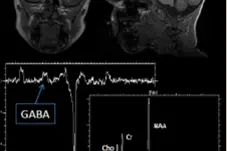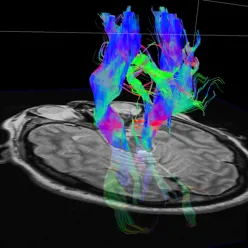The purpose of the Centre is to strengthen cross-disciplinary research activities related to the state-of-the-art imaging equipment, i.e. high field MRI, CT and pre-/clinical PETCT, that has come in place through substantial donation from Trond Mohn, his family and the Bergen Research Foundation. With emphasis on the natural sciences, the long-term goal of the Centre is to achieve excellence in imaging (physics, chemistry, radiography, radiology), visualization (computer science and mathematics) and in vivo clinical and research applications (including applications in basic research and preclinical validation).
The aim of the Centre is to research new methods in quantitative imaging and interactive visualization to predict changes in health and disease across spatial and temporal scales.
From a methodological perspective, an emphasis will be on identification and manipulation of features related to tissue or state:
Feature detection – Feature extraction – Feature prediction



An overall goal will be to apply one or more of these methodologies in in vivo clinical and research applications and potentially study changes in time. To increase knowledge, these imaging data could be integrated with other information, e.g. genetics, patient/ medicinal history, registries.
Interactive visualization will be highly important in all aspects of feature detection, feature extraction and feature prediction as it holds the potential to increase knowledge and comprehension of the underlying data, how they change in space and time and how they are perceived by the human image reader. Interactive visualization will overcome the inherent limitation of unimodal analysis that is hampering imaging research today.
Bergen Research Foundation has announced a call for a maximum of three research projects that will be associated with the Centre (cfr News). These projects will influence the details of the scientific profile the Centre will have the coming years. Thus, the Centre will be in a preparatory phase until these projects have been identified (June 2017). The Centre is very much interested in interacting with researchers and research groups that which to contribute to the establishment of this novel Centre with new ideas, new approaches and new projects.
